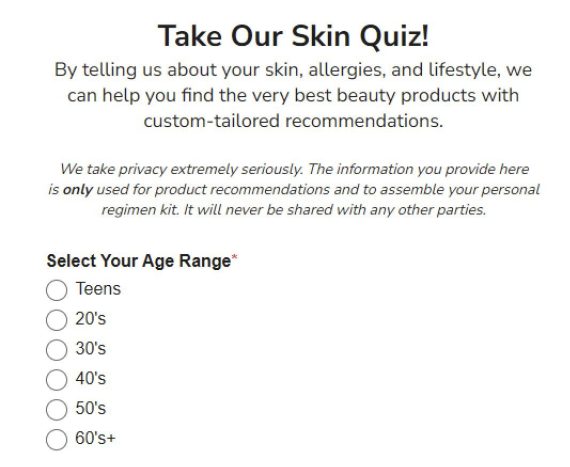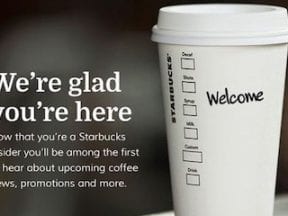Segmenting marketing emails puts the right offers and messaging in front of the right people at the right time. Segmentation is powerful, with seemingly limitless ideas for campaigns and automation.
I’ll focus here on two core segments and a method to otherwise build them specific to your store.

Email segmentation targets the preferences of individual consumers.
Top Customers
A key segment for most merchants is their best customers. But “best” varies from one business to the next. For example, a jewelry store with prices ranging from $50 to $1,000 per item would likely focus on total spend — customers with the highest lifetime purchases.
But a merchant selling low-cost consumable goods such as coffee, vitamins, or snacks might define “best” by the number of orders. The top 10% of customers might order six times a month, compared to an average of two.
A store with little history or with similar order behavior across customers could focus on email engagement. If it sends two emails monthly, a store’s “best” could be anyone who has clicked on at least two in the last 90 days.
With a best-customer segment created, a merchant can send variations of broader emails to that group. Acknowledging their importance can go a long way, even without offering a discount. An email to standard buyers might start:
Acme Coffee is proud to announce Madagascar Vanilla, our newest flavor. Available today!
The best-customer variation could read:
We’re excited to launch our newest flavor, Madagascar Vanilla. As one of our top customers, you’re invited to order first and share your thoughts.
Soliciting feedback in any form from top purchasers — via a survey or email reply — has the dual benefit of recognizing their importance and providing valuable feedback.

Surveying customers and subscribers provides valuable feedback, aiding segmentation. This example is from Indie Beauty Market, an online skincare provider. Click image to enlarge.
(Re)joining the Club
Next are lapsed customers, those who have not purchased in a long time. Lapsed customers should not receive frequent emails, as they require special attention to reengage.
First, how do we identify them? One metric is the average time between orders. Klaviyo and other email tools can produce this automatically. Say the average time between orders is 60 days. A lapsed customer could be 90 days or more — 50% higher than the average.
Another metric is email engagement. For example, customers who have not opened an email in six months or clicked in three are lapsed. The exact numbers depend on a store’s products and email frequency.
Once identified, entice lapsed customers with an automated email sequence that excludes recipients after they click. The sequence could be as follows.
- Note that “it’s been a while” and briefly apprise them of new products, promotions, or improvements.
- One week later, offer a discount on their next purchase.
- The next week, solicit feedback by extending assistance, such as “Is there something we can do for you?” or “Are you looking for a certain product we don’t carry?”
- A week afterward, inform recipients you will not email them again since it appears they aren’t interested. Good angles are “Time to say goodbye?” or “Should we stay quiet for now?”
Customer Preferences
There’s more to customers than how much (or how often) they purchase. Encourage their engagement by knowing the content or products they’re interested in. For example, my company produces software for musicians. We like to know their music preferences, such as rock, metal, or country.
To determine this, we first review their behavior — what they buy or click, not how much or how often. Have they clicked email links about metal guitars? Yes! We add them to our “Metal-Interested” segment.
We also build a survey, directly integrating with Klaviyo, our mail software. Klaviyo provides a custom “email preferences” page to collect arbitrary information from subscribers. We place answers to survey questions on this page and pipe directly into a subscriber’s profile for segment-building.
Combining behavioral and customer-supplied data facilitates very accurate segments, leading to outstanding results from targeted email campaigns. Our “interested” emails (e.g., “Metal-Interested”) routinely have 60% opens and 4-5% clicks — very strong for ecommerce.
Next Steps
Segmentation is a free feature of any email service provider worth its salt. Start using it immediately if you’re not already. It produces better results for your business and customers.




